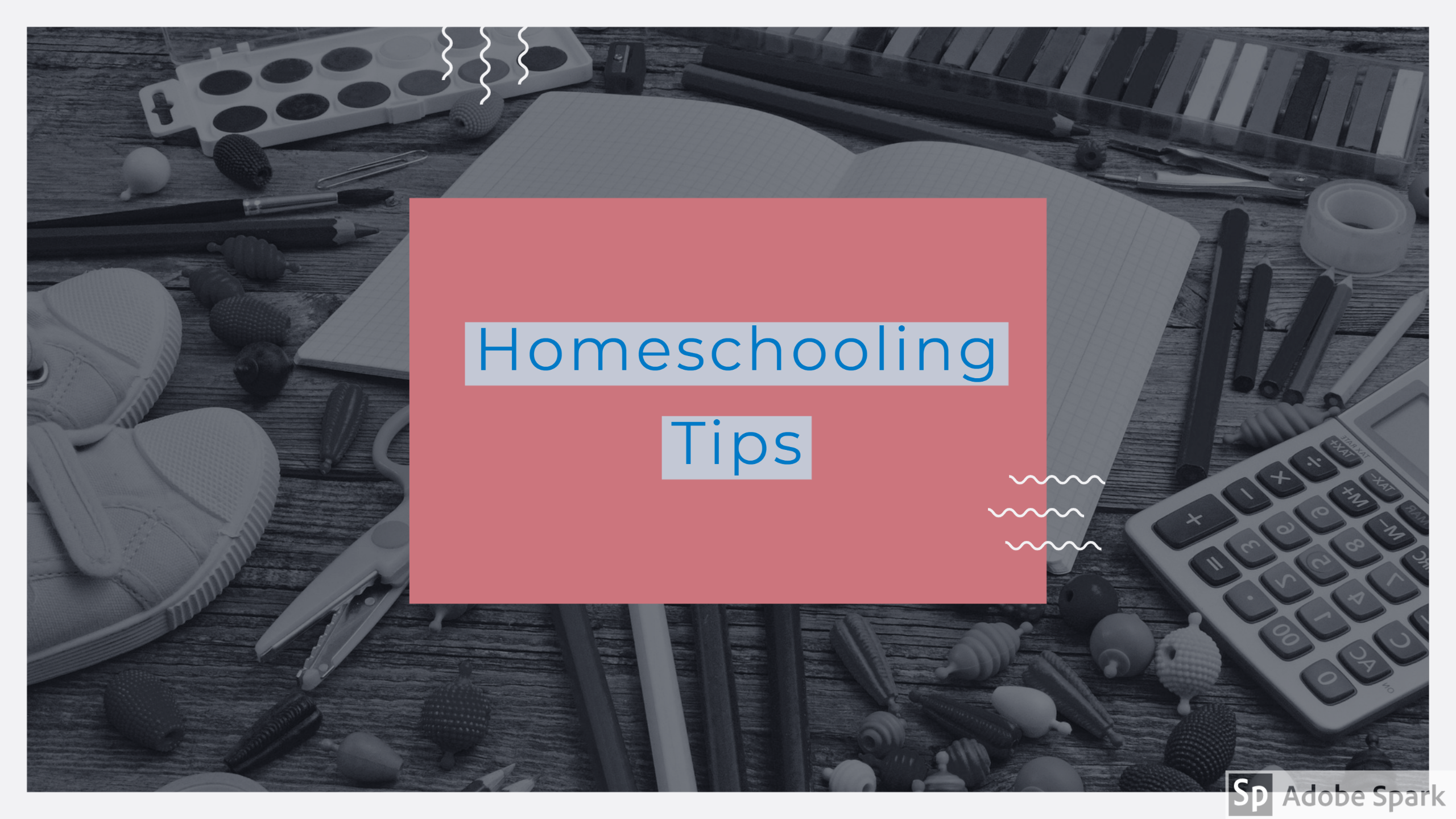BY MAKENNA ALLEN
“I wish I were homeschooled. I could sleep late and do my math homework in my pajamas.”
I cannot count the number of times one of my friends moaned to me one version or another of this statement. After finishing their complaints, they then packed up for school while I cracked open a textbook in my kitchen. I knew that I was lucky to have the opportunity to learn in this format because I hadn’t always been homeschooled. In fact, I could compare the two school formats as I attended a “regular school” from preschool through fourth grade before learning at home until my freshman year of high school.
During my time at home, my mom considered herself to be the “teacher” for my two younger siblings and me. Much like the teacher-aided homeschooling, many parents face amid the COVID-19 pandemic, my mom wasn’t the creator of our daily lesson plans. Rather, we purchased a curriculum annually that tied together all subjects from math to history. We had structured lesson plans each day and our house certainly wasn’t a pajama party. However, adjustment to this style of learning took time and preparation on the part of both parents and children.
This time and preparation for the homeschooling mindset was not a luxury granted to many parents and students when schools of all grade levels across the entire nation transferred to an online format in a matter of just days earlier this year due to COVID-19. Students and parents alike faced a whirlwind of emotions as they considered, many for the first time, what it might truly be like to take a math class in their kitchen.
The new feat students and parents had to jointly accomplish has been even further complicated by the fact that parents are juggling their careers on top of their childrens’ schoolwork. Though my mom was not working at the time she homeschooled me, I remember vividly the effort and energy she placed into ensuring my siblings and I received the best education she knew how to give.
Little did she know that she would be providing me with much more than just textbook knowledge. Homeschooling taught me organizational skills and a sense of drive that have served me well in my traditional school career. Indeed, my four years at home taught me some valuable best practices that may be useful for those attempting to adjust to the “homeschooling normal”:
Tip Number 1: Get Organized
This seems simple enough on the surface and it may be something made easier by individual schools and teachers providing students with materials and resources. However, it is still important to take time each night to plan out the next day’s “lesson” for students. This may entail checking the student’s course management system, getting in touch with teachers, and checking-in with the students themselves. Then, take a moment to write out the agenda for the next day to ensure that the student accomplishes everything that is officially required.
Tip Number 2: Get Motivated
In order to get everything done on the daily list, it’s important to set aside the “pajama party” mindset and put some routine into the day. When my family homeschooled, we made a point of waking up at a normal school-time and getting our work done early.
It’s important to realize that this new school routine is very different from the typical schedule that students see in a classroom environment, mainly because the one-on-one time with parents as teachers allows for greater efficiency. Thus, parents shouldn’t worry if students are completing work earlier than the normal school would conclude. In fact, it was not uncommon for me to have completed my daily school work by noon, even though the actual volume was equal to, if not greater than, the amount that I would accomplish during a full day in school.
Tip Number 3: Be Flexible
While it is important to have a schedule and to maintain some routine, don’t be afraid to learn from what the day has to offer. If the weather is warm, take breaks outside between subjects. Be active and be creative when it comes to learning. Because homeschooling is not common for most students and parents dealing with COVID-19, education will not be “normal.” However, this does not mean that learning will be any less productive.
To make these learning experiences as effective as possible, parents and students should utilize any outside resources, as well as those that may be as familiar as their traditional teachers.
Even though parents stepping into the roles of teachers may not have degrees in the field, they are not alone in the task of educating their children. They have the help of teachers and the community to ensure that their childrens’ needs are met this semester. Everyone faces the need to adapt during this time. Teachers and schools are no exception as they attempt to provide the smoothest transition to homeschooling for their students.
The Main Conclusion:
As I work on my own form of “college homeschooling,” my mom reminds me of an important fact to keep in mind during this time. For most Americans, this phase of homeschooling is temporary. It is a short-term solution. However, it is one many families should take time to enjoy. Enjoy learning together. Enjoy the personalized education. Enjoy the benefits of homeschooling.

